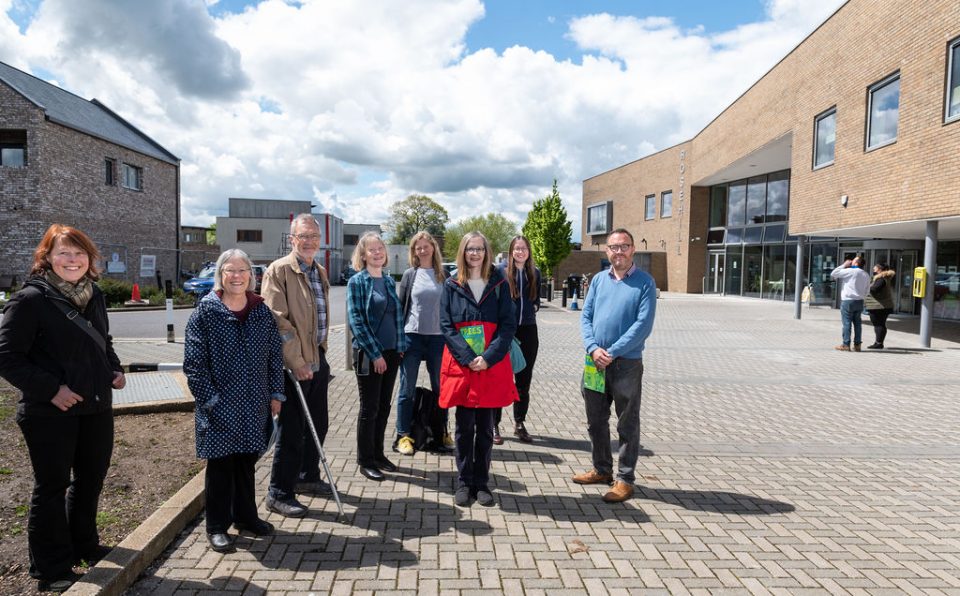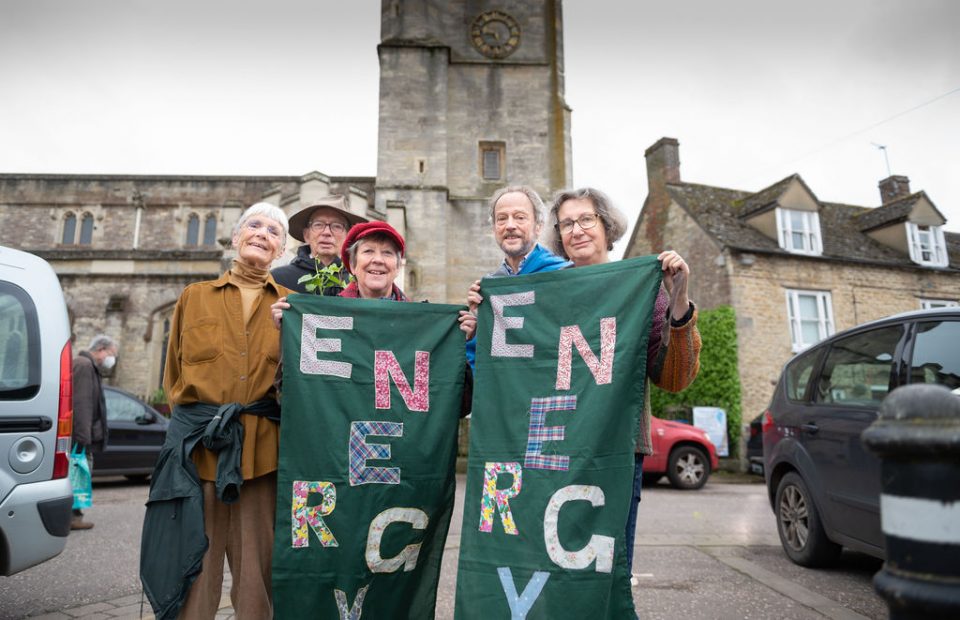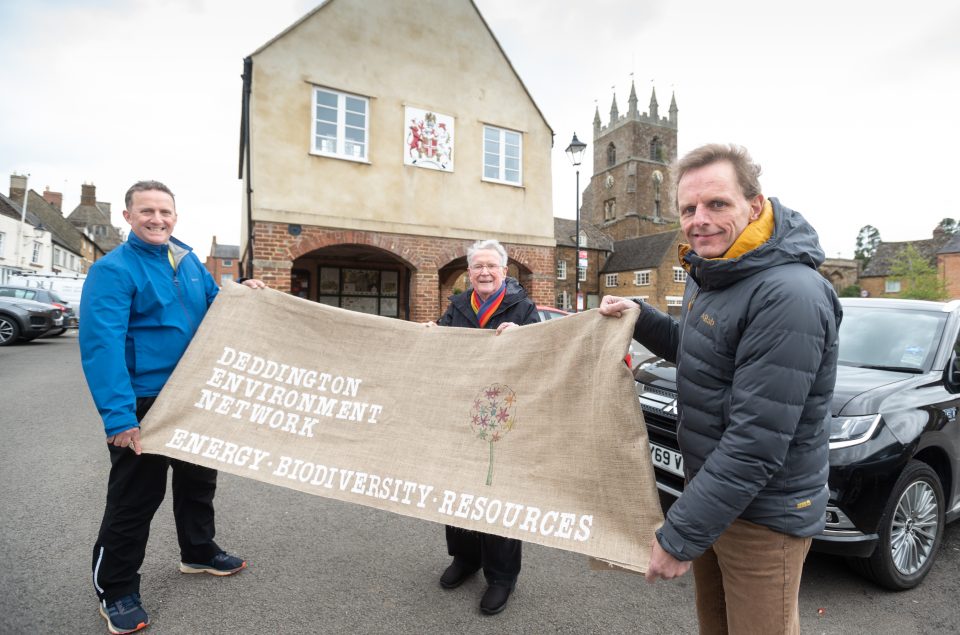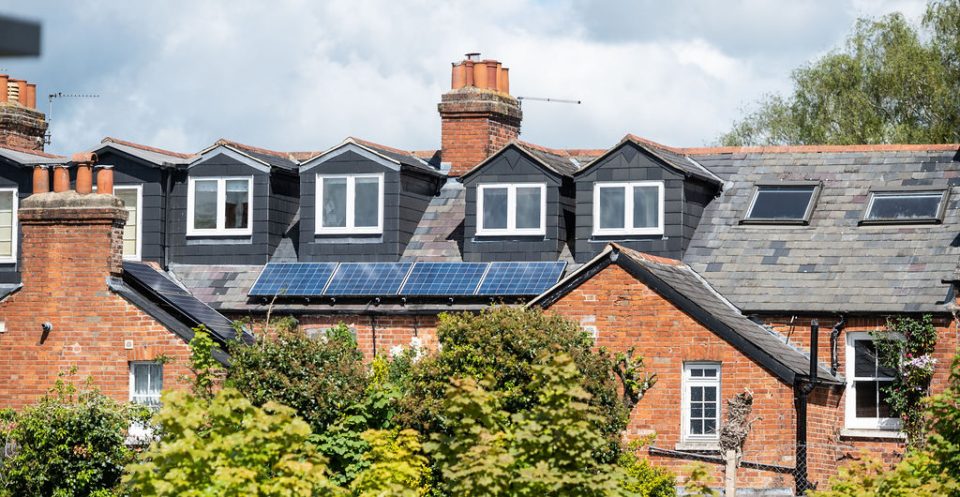
Benefits of flexibility services
How can flexibility services help with the energy challenge?
Why is flexibility important?
Zero carbon targets combined with increasing energy demand creates a complex energy challenge. To avoid large scale, disruptive changes to the energy network we want the existing system to become more efficient and effective to face this challenge.
Project LEO focused on understanding how flexibility at the ‘grid edge’ where energy is put to use can help us reach our net zero ambitions as well as bring value to people and communities as well as the energy network.
Project LEO and flexibility
Project LEO trialled flexibility and local energy approaches that helped accelerate the transition to a zero carbon energy system and delivered social, economic, and environmental benefits in a way that’s smart and fair.
Through these trials we explored:
- The value flexibility services can create – both financial and non-financial
- How income from flexibility services can be increased by delivering a combination of flexibility services, a concept called ‘value stacking’
- How emerging flexibility services may offer further value
- How participation can be increased by making it possible for those with small amounts of flexibility to work collectively, to meet the minimum level of flexibility required for participation
- How flexibility services can be combined with other local energy strategies such as energy efficiency, time of use tariffs and local electricity sales, to help meet the particular challenges faced by different local communities, and deliver benefits that the community values
- The technical, commercial, and social challenges associated with helping individuals, organisations and communities to realise those benefits in a way that is smart and fair
- Any unintended consequences of opening up flexibility markets in the distribution network and how conflict can best be managed or avoided.
The potential benefits of flexibility
Flexibility services have the potential to deliver a wide range of direct and indirect benefits to the flexibility provider, local communities, and the electricity networks.
In some instances, where markets are already established, the value that flexibility services can create is already being realised. For example, the Balancing Mechanism has long been established as a way that large electricity generators and users help balance the grid by turning generation or consumption up or down.
Through Project LEO we explored how current flexibility services, along with new and emerging opportunities, can help unlock a greater, and wider, set of benefits for a wider range of participants. Potential benefits could include:
For the energy networks
- Keeps supply and demand balanced in real time
- Supporting the transition from fossil fuels to renewables
- Increasing efficiency in the way we use the current system: easing congestion and constraints in the distribution network
- Freeing up space for more renewables and storage
- Supporting the electrification of heating and transport
- Reducing the need to invest in network and kit reinforcements and upgrades.
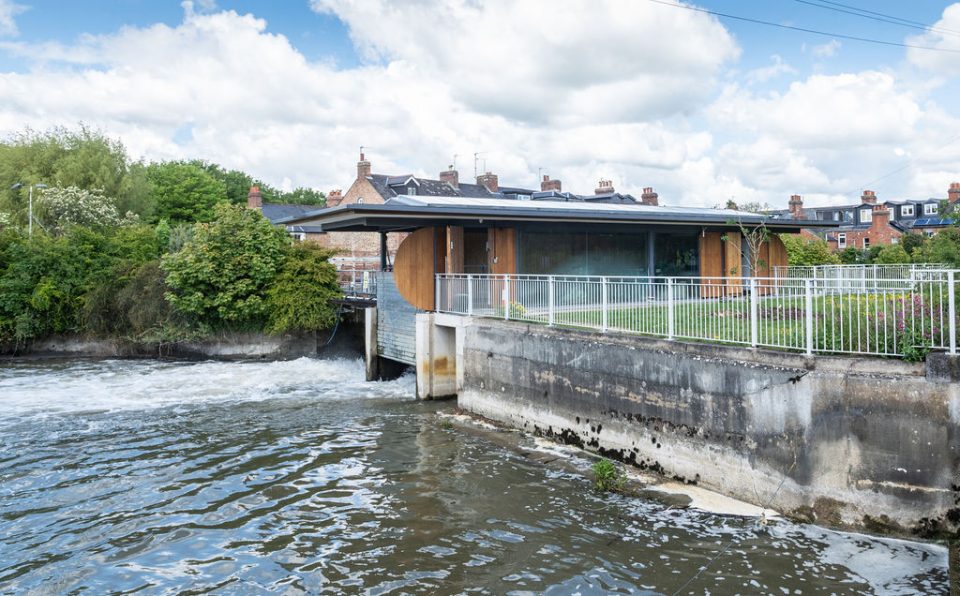
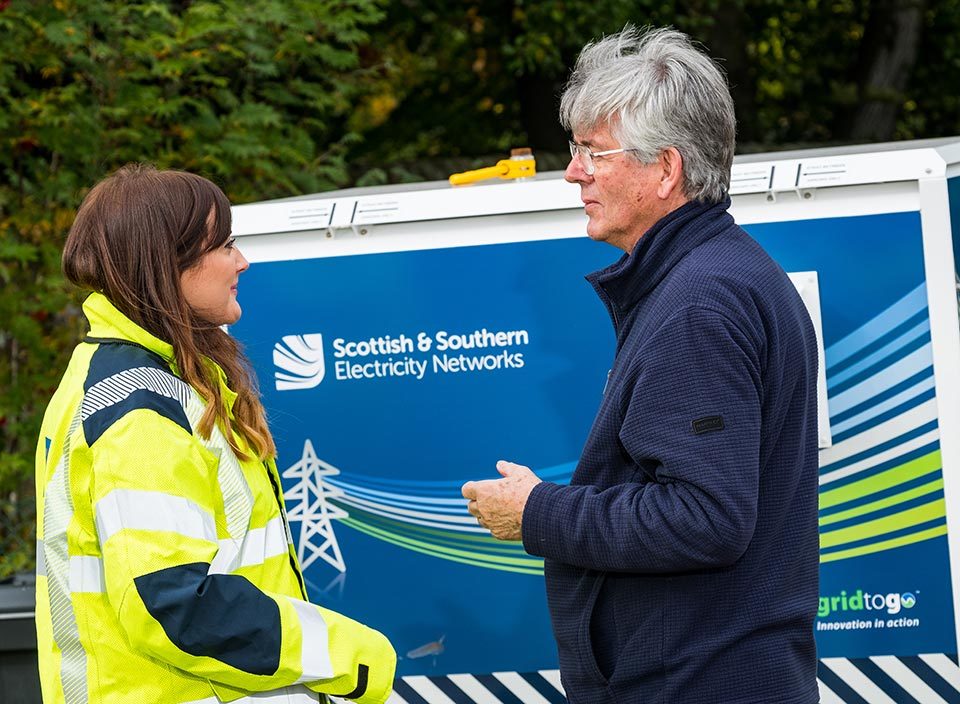

For local energy generators
- Creating new revenue streams for existing community scale renewable generation projects (e.g. local hydro or solar)
- Creating opportunities for projects to expand, for example increasing their generation capacity or adding storage
- Improving the financial viability of new community scale renewable projects
- Enabling more renewable generation to connect to a local network (where before there might not have been ‘room’)
- Reducing the cost and how long it takes to get a new connection.
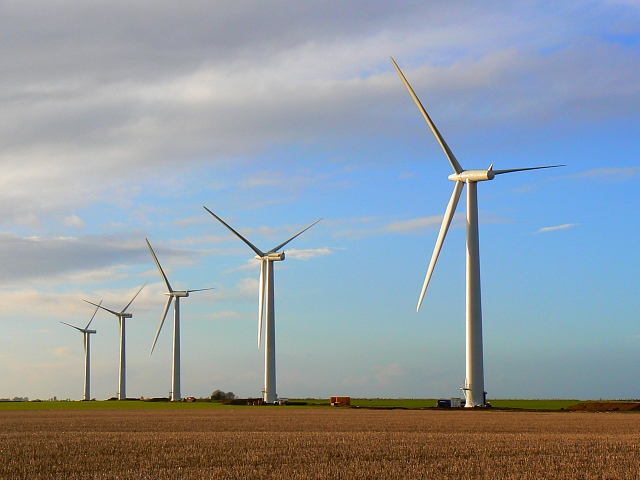
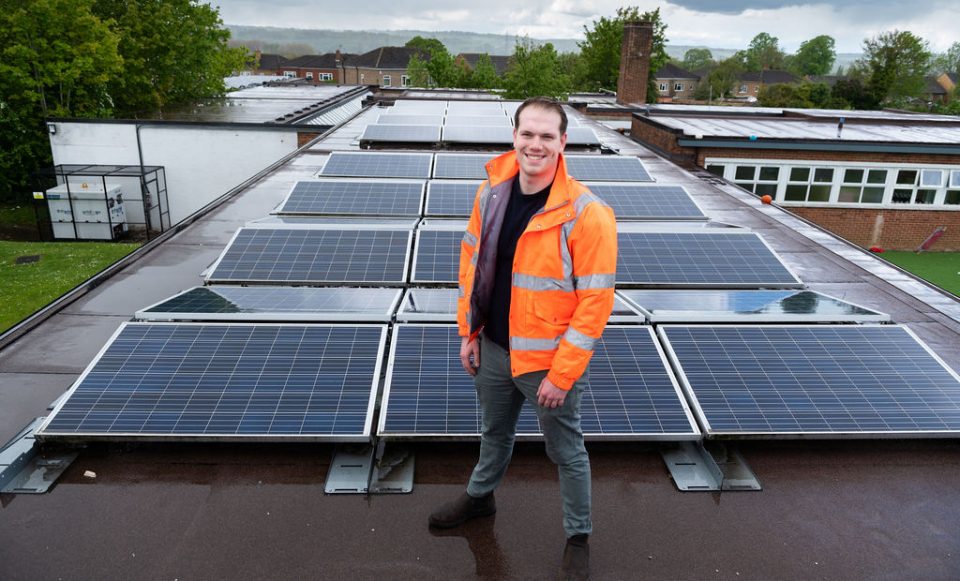
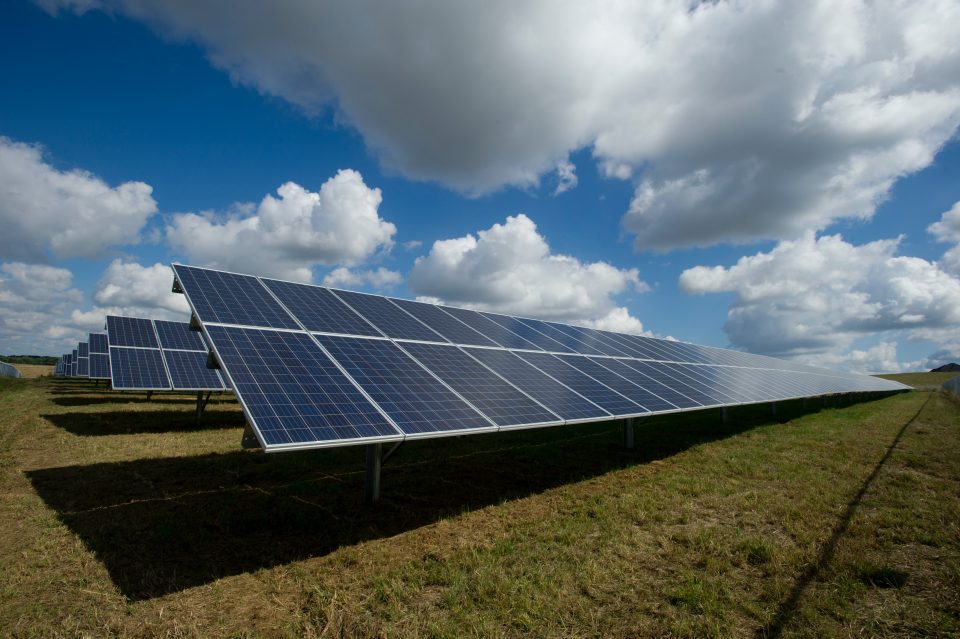

For residents
- Reducing energy bills
- Increasing income
- Creating opportunities to decarbonise their heating and transport
- Supporting the upgrading old heating systems
- Increasing usability and control
- Creating opportunities to take positive action on climate change.
For local communities
- Increasing access to participation, so more people benefit and get involved
- Making more space in the energy network to support the electrification of heat and transport, and drive further carbon reductions
- Widening the range of local energy strategies that communities and individuals can use to meet their needs, based on their local situation. E.g. to use in conjunction with Peer-to-Peer electricity trading and energy efficiency initiatives
- Creating new business opportunities for community-run energy services that increase income and support carbon reduction.
